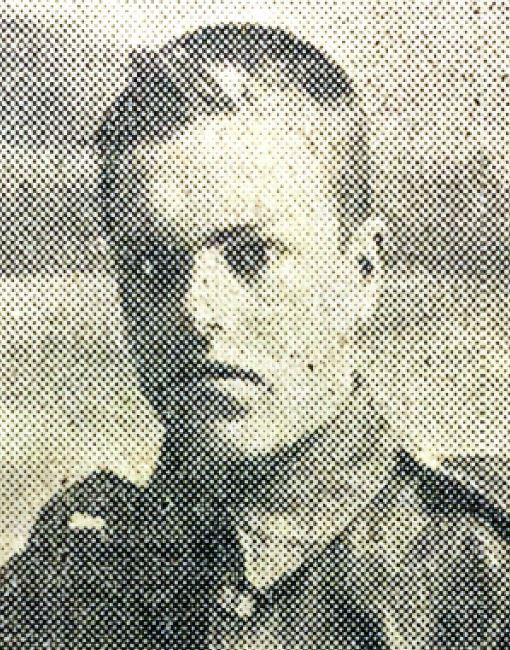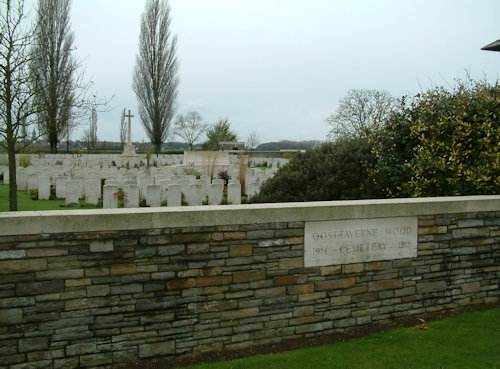Name
Frederick James Sharp
29 March 1897
Conflict
First World War
Date of Death / Age
21/04/1915
Rank, Service Number & Service Details
Private
14310
Bedfordshire Regiment
1st Bn.
Awards: Service Medals/Honour Awards
1914 /15 Star, British War and Victory medals
Cemetery/Memorial: Name/Reference/Country
OOSTTAVERNE WOOD CEMETERY
VI.G.23
Belgium
Headstone Inscription
None
UK & Other Memorials
Hemel Hempstead Town Memorial, John Dickinson & Co Memorial, Apsley Mills, Apsley, St Francis of Assisi Memorial, Hammerfield, St John the Evangelist Memorial Church, Boxmoor
Pre War
Frederick James Sharp was born on 29 March 1897 in Boxmoor, Hemel Hempstead, the son of James and Ellen Sharp and one of five children.
On the 1901 Census, the family were living at 43 Puller Road, Boxmoor, Hemel Hempstead, where his father was working as a Sawyer (general labourer) at Fosters Sawmills.
He was a member of the Hemel Hempstead and Boxmoor Church Boys Brigade, which had been founded in 1891 to encourage the personal and social development of young people and in 1911 it was officially recognised as a Cadet force.
Frederick was educated at Boxmoor School and left on 23 March 1910, when he was aged 13, to work at the paper mill of John Dickinson & Co Ltd at Apsley. By the time of the 1911 Census, the family had moved across the road to 30 Puller Road, Boxmoor and 14 year old Frederick was working in the Paper Mill.
At the time of his enlistment, the family were living at 59 St John's Road, Boxmoor and his parents later lived at 6 Howe Farm, Chipstead, Surrey, followed by a move to Coulsdon, near Croydon, Surrey.
Wartime Service
Frederick enlisted in Hertford at the beginning of September 1914 and served with the 1st Battalion, Bedfordshire Regiment. He was immediately sent for basic training and sent to France on 23 March 1915, joining the Battalion in the trenches near Ypres on 28 March.
He was killed in action on 21 April 1915 during the Battle for Hill 60. War diaries reveal that bombardment and counter attacks continued during early morning and the position was critical at times. Casualties were very heavy. British artillery was unable to compete with the enemy's heavy guns or to locate small guns which were too close to Hill 60 to be easily shelled. Casualties were high with 4 officers killed, 8 wounded and casualties from other ranks totalled over 400, with over 100 of them killed.
Frederick died at the age of 18, less than a month after arriving in France. His parents were initially notified that he had been wounded and missing, but they waited eight months to receive the confirmation that he had been killed. He is buried in Oostaverne Wood Cemetery, Belgium.
Additional Information
Brother to Frank Sharp who died in 1918 and is commemorated on the Tyne Cot Memorial, Belgium. His father received a war gratuity of £3 and pay owing of £4 2s 4d. His mother received a pension of 11 shillings a week for life for the death of Frederick and Frank.
His body was originally found at map ref. where body found: 28.I..29.c.95.25 (Hill 60) and was identified by correspondence, watch and chain.
Acknowledgments
Brenda Palmer, Neil Cooper
Jonty Wild, www.hemelheroes.com., www.dacorumheritage.org.uk, www.hemelatwar.org.



